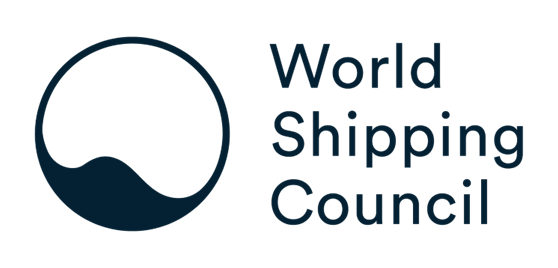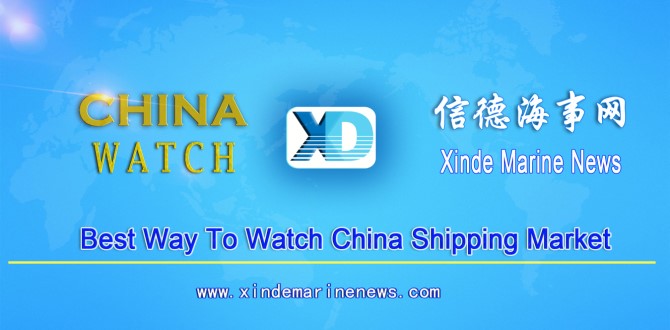
Every day, tens of thousands of containers arrive at seaports from countries all around the world.
Containers and other cargo are carried aboard liner ships – container and roll-on-roll-off (roro) vessels – which offer regularly scheduled service on fixed routes - much like a bus or train service. Liner shipping is the backbone of global supply chains and because of shipping, developing economies have been able to export their products across the world, creating jobs and improving living standards.
Asia is at the epicentre of the international container shipping market with the Asia trade regions representing some 70% of the more than 170 million TEUs of international container trade that transits the globe. The Intra-Asia trade alone accounts for at least one-quarter of the global market.
A perfect storm
The COVID-19 pandemic that hit the world in 2020 triggered a “perfect storm” for global container shipping, putting a strain on supply chains and disrupting global trade. The normally stable and predictable patterns of product demand, sourcing, production, and distribution were thrown into fundamental disarray, overwhelming global supply chains.
The impacts are being felt across the world and in liner shipping in the form of constant challenges for crew changeovers, congestion in ports and throughout inland supply chains, as well as poor container velocity.
The container supply chain is made up of multiple businesses and individuals, each of which are taking steps to ease the disruption facing supply chains. The challenge for all parties is to find ways to make the current system work better. To remove bottlenecks, container velocity must increase, forecasting accuracy must improve, and transparency must increase across the supply chain. These are operational measures that require constant dialogue between service providers and shippers to support each other and collaborate for better outcomes. Ocean carriers recognise the part they must play in that and are actively engaging to meet shipper demand and ease the flow of goods.
Supporting Supply Chains
In the short term, the most important actions governments can take are to facilitate crew changes, recognise seafarers and shoreside workers as key workers and ensure their prioritize their vaccination against COVID-19. These steps, together with continued investment in port and logistics infrastructure, educational resources, and ensuring regulatory predictability will contribute to resilient global supply chains in the long term.
Source: World Shipping Council
 |
Liner+Shipping_Whitepaper_English |
 |
LinerShipping_Whitepaper_Chinese |
Source: World Shipping Council
The opinions expressed herein are the author's and not necessarily those of The Xinde Marine News.
Please Contact Us at:







